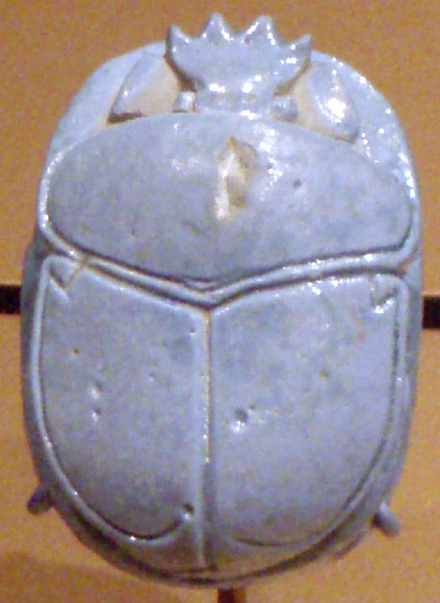Scarabs are a huge taxon found mainly in regions such as Africa, Madagascar and South America. Scarabs are generally known for their strong exoskeletons and unique living habits. The following is detailed information about scarabs and their living habits:

Huge size: Scarabs come in a wide range of sizes, with adults of the largest species reaching 10 centimeters or more in length.
Exoskeleton: They have a hard exoskeleton that is extremely protective.
Horns: Male scarab beetles typically have well-developed horns, which play important roles in courtship, competition, and defense.
Geographical distribution: Scarabs are mainly distributed in Africa, South America and Madagascar.
Habitat: They usually live in forests and grasslands in tropical and subtropical regions, although some species also occur in deserts and arid areas.
Diet: Scarabs are generally scavengers, feeding on decaying plant and animal tissue.
Reproduction: Scarabs usually use compost as a place to lay their eggs. Female scarabs will lay their eggs in fermented organic matter. After the eggs hatch, the larvae will use these organic matter as food.
Purpose of horns: Male scarab beetles usually use their horns during mating and competition for mates, and they may compete with each other for the right to mate by competing for the size and strength of their horns.
Rolling ball behavior: Some species of scarabs are good at rolling their feces into balls and pushing them into suitable places for food storage or egg-laying sites.
There are about 30,000 different species in the family Scarabidae, covering a variety of living habits and body shapes. Perhaps the most famous of these are the rhinoceros beetle of Africa and the greater scarab of South America.
Due to its magnificent appearance and strange behavior, scarabs have symbolic meaning in many cultures and are regarded as sacred or a symbol of power. Especially in ancient Egyptian culture, scarabs symbolize rebirth and new life.
Because of their unique ecological roles and symbolic significance, some scarab species face threats from habitat loss, human capture, and international trade. Therefore, several organizations and conservation programs work to protect these species and their habitats.
As an ancient and mysterious insect, the scarab is of great value in the fields of biology, ecology, culture and art. Scientific research on scarabs can help us better understand the diversity of nature and help promote measures to protect them.
animal tags: Scarab
We created this article in conjunction with AI technology, then made sure it was fact-checked and edited by a Animals Top editor.